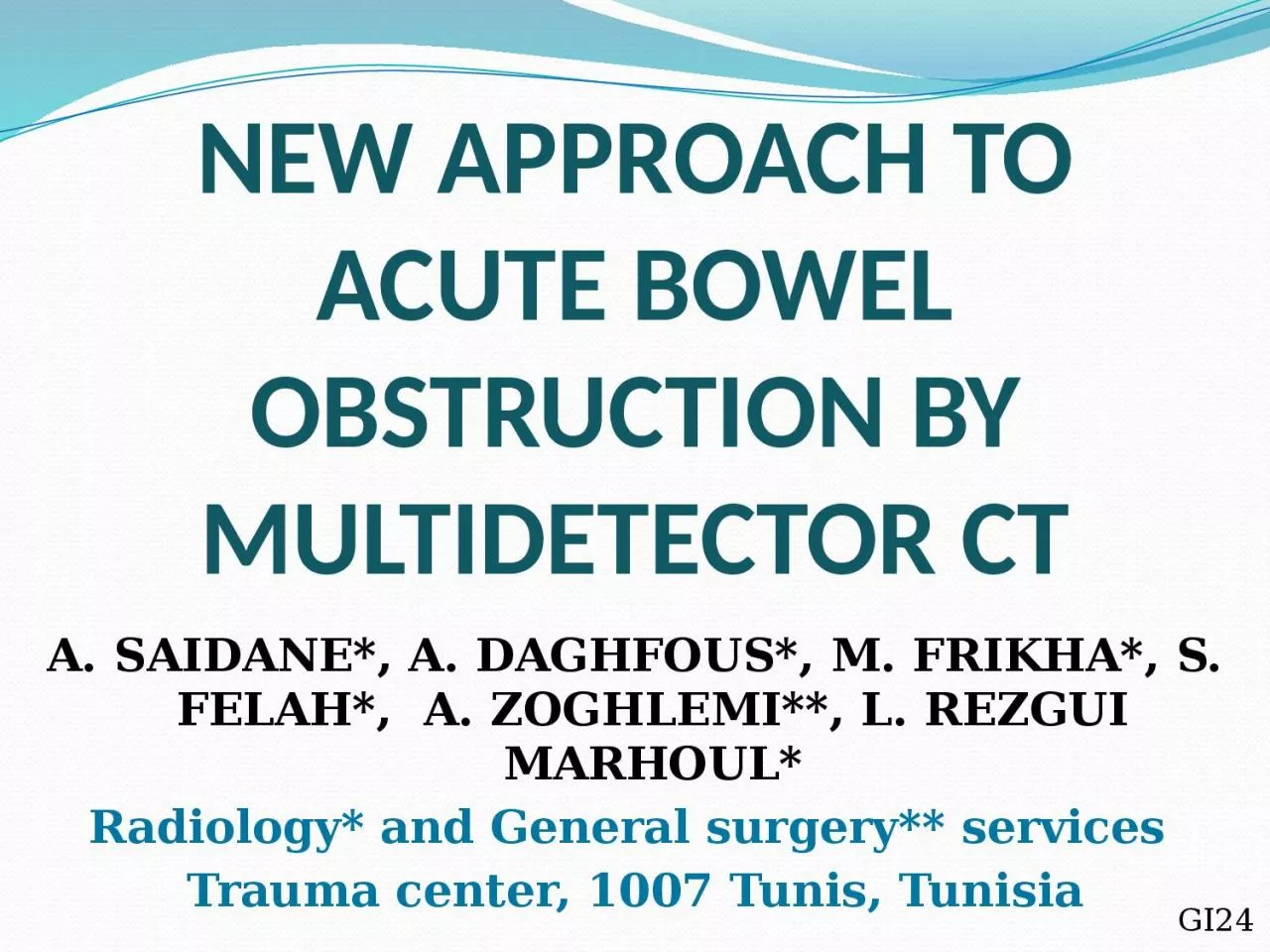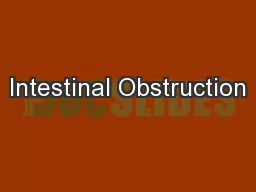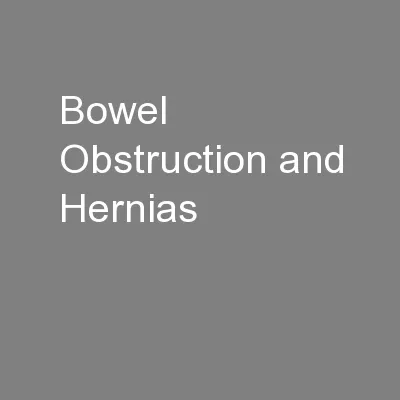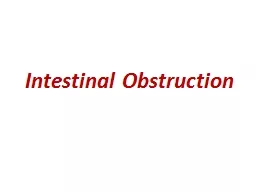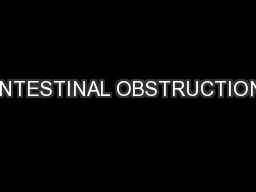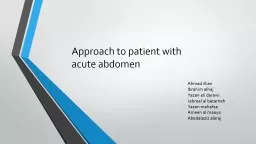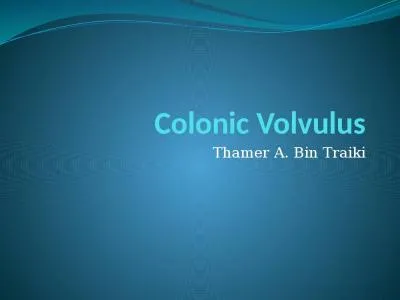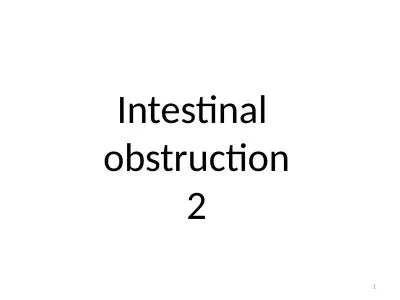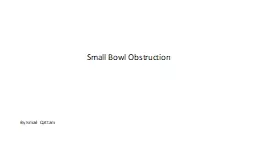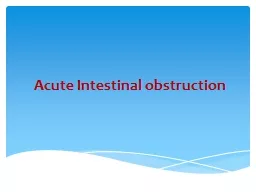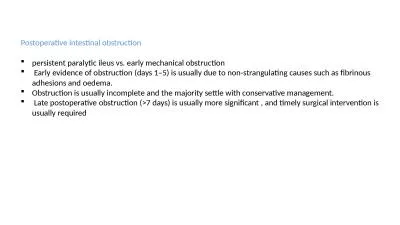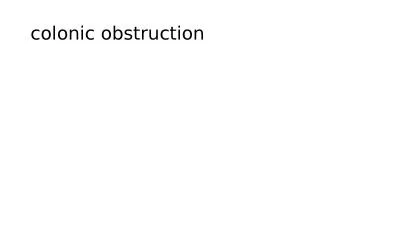PPT-NEW APPROACH TO ACUTE BOWEL OBSTRUCTION BY MULTIDETECTOR CT
Author : HappiestManAlive | Published Date : 2022-08-03
A SAIDANE A DAGHFOUS M FRIKHA S FELAH A ZOGHLEMI L REZGUI MARHOUL Radiology and General surgery services Trauma center 1007 Tunis Tunisia GI24 INTRODUCTION Bowel
Presentation Embed Code
Download Presentation
Download Presentation The PPT/PDF document "NEW APPROACH TO ACUTE BOWEL OBSTRUCTION ..." is the property of its rightful owner. Permission is granted to download and print the materials on this website for personal, non-commercial use only, and to display it on your personal computer provided you do not modify the materials and that you retain all copyright notices contained in the materials. By downloading content from our website, you accept the terms of this agreement.
NEW APPROACH TO ACUTE BOWEL OBSTRUCTION BY MULTIDETECTOR CT: Transcript
Download Rules Of Document
"NEW APPROACH TO ACUTE BOWEL OBSTRUCTION BY MULTIDETECTOR CT"The content belongs to its owner. You may download and print it for personal use, without modification, and keep all copyright notices. By downloading, you agree to these terms.
Related Documents

